Viarco Artgraf tailor shape review

I'm testing the Artgraf water-soluble tailor shapes by Viarco to see if they're suitable for outdoor sketching such as nature journaling. They are blocks of pressed pigment and can be used for drawing or painting.
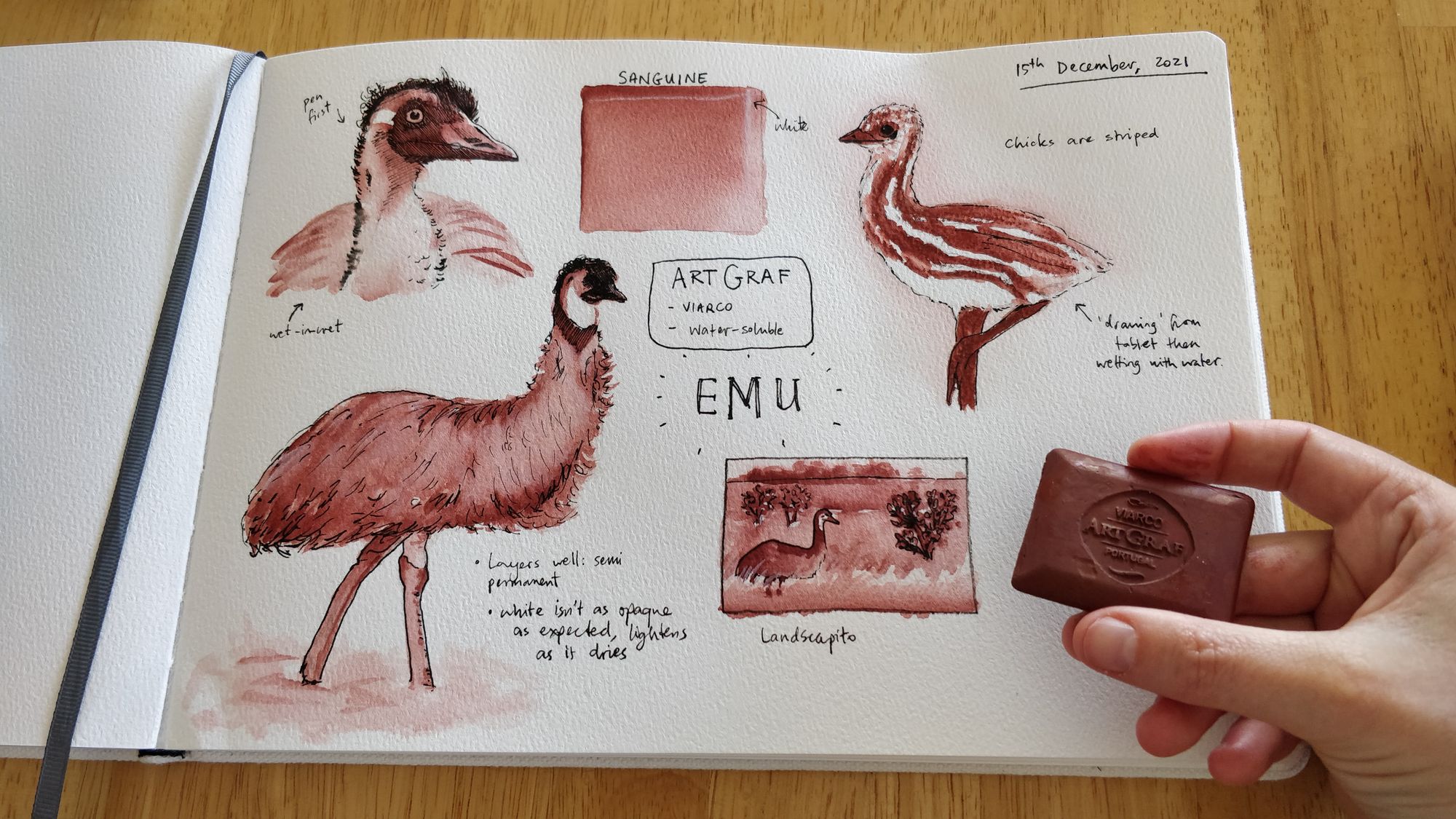
You can watch the video review on YouTube:
I drew four emus on the page for each of the different techniques I want to test. Emus are large flightless birds found all over Australia, similar to ostriches with long necks and legs. In fact they're Australia's largest native bird, reaching up to 1.9 m in height. After mating the father does the incubation and rears the young (that are striped).
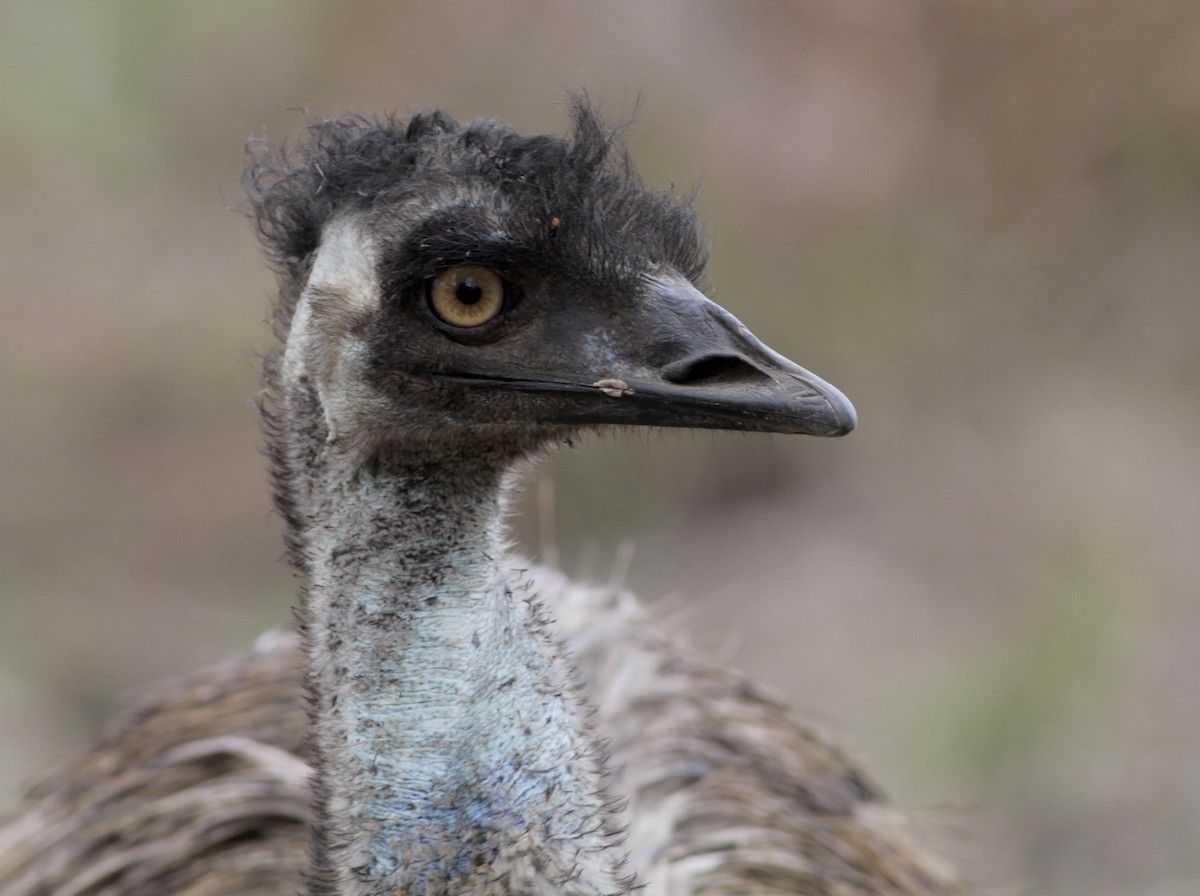
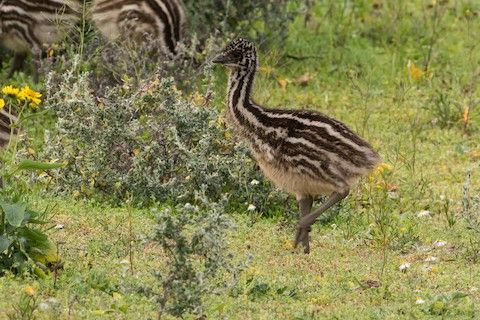
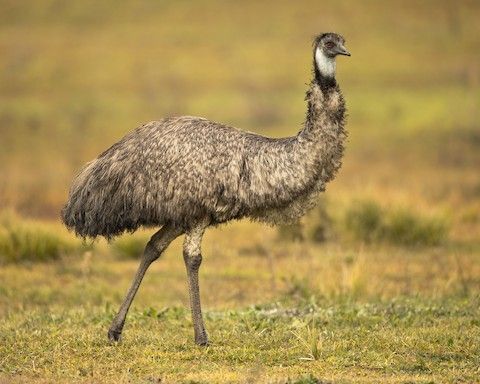
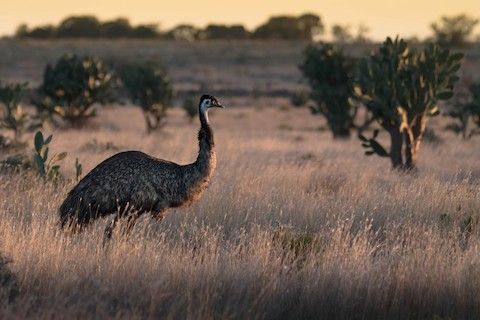
Materials
- A4 Etchr cold-press watercolour journal with 100% cotton paper and
- Viarco Artgraf tailor shapes in sanguine and white https://www.viarco.pt/en/artgraf-products/
I was inspired to buy these after watching Teoh's review and envisioned using them for nature journaling, in particular for capturing monochrome landscapes and doing value studies. I bought the sanguine and white individually from an art store in Hahndorf, South Australia but I would recommend buying them in a set as I'll explain later. They come in 12 colours and there are a few sets available. I don't notice any granulation in the sanguine but there might be with other colours.
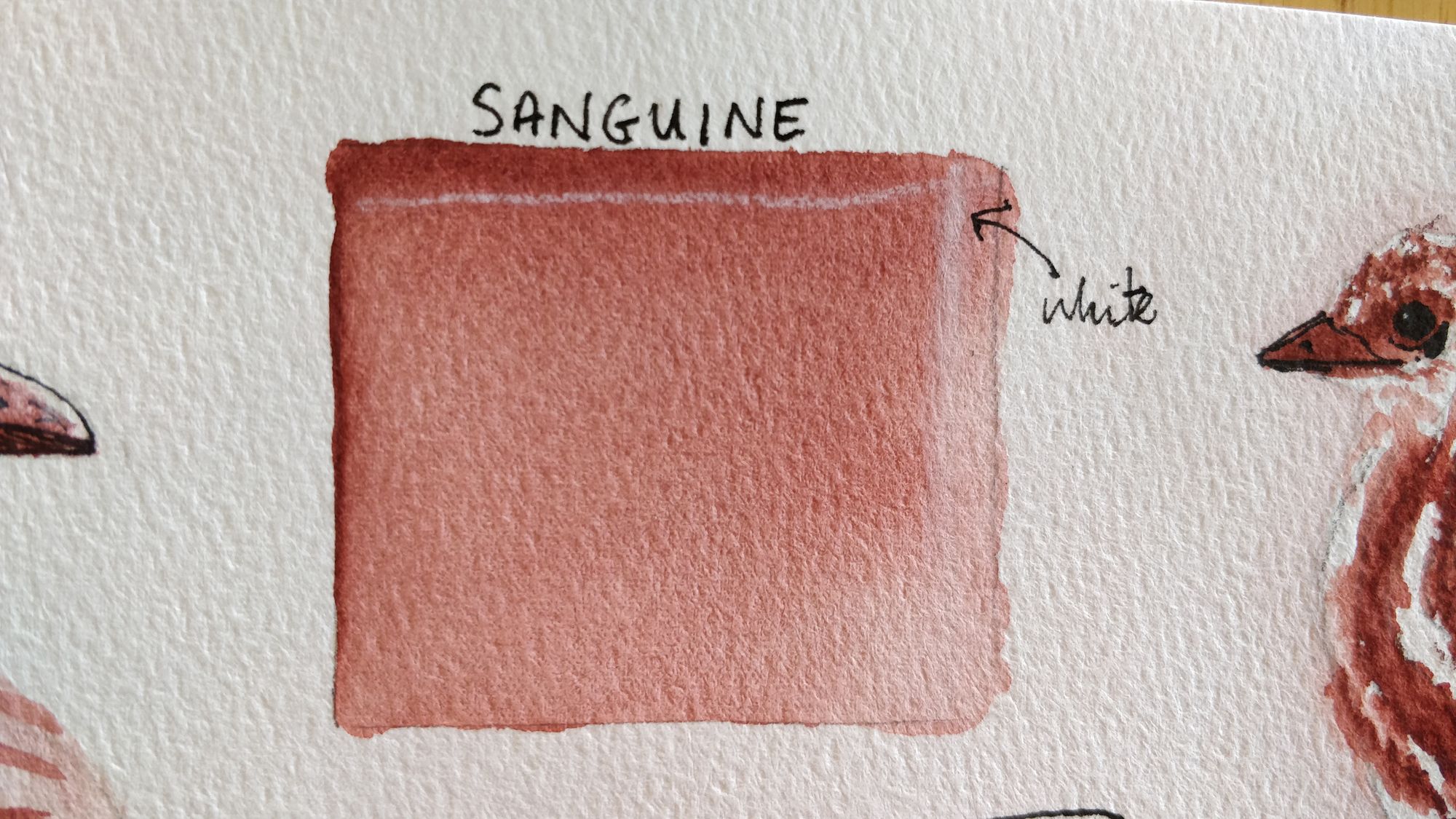
Techniques tested
To test the blocks I decided to use four different techniques that I would probably use while nature journaling. First is making a mini landscape or landscapito, to capture the values in a monochrome study. Next I used the tablet as a drawing tool, then wet it with a damp brush. In the third test I layered washes to build depth and finally I used wet-in-wet and combined washes with a pen.
Landscapito
Landscapitos are meant to be quick so you can capture the essence of a view without wasting a lot of time, so you can even do multiple landscapes in one sitting. I use them to capture the tonal range and so only use 1-2 layers. Here I'm not worrying about colour but instead identifying a tonal range from lightest being the paper, to darkest being pure pigment and for this purpose the Artgraf does a great job when used similar to watercolour.
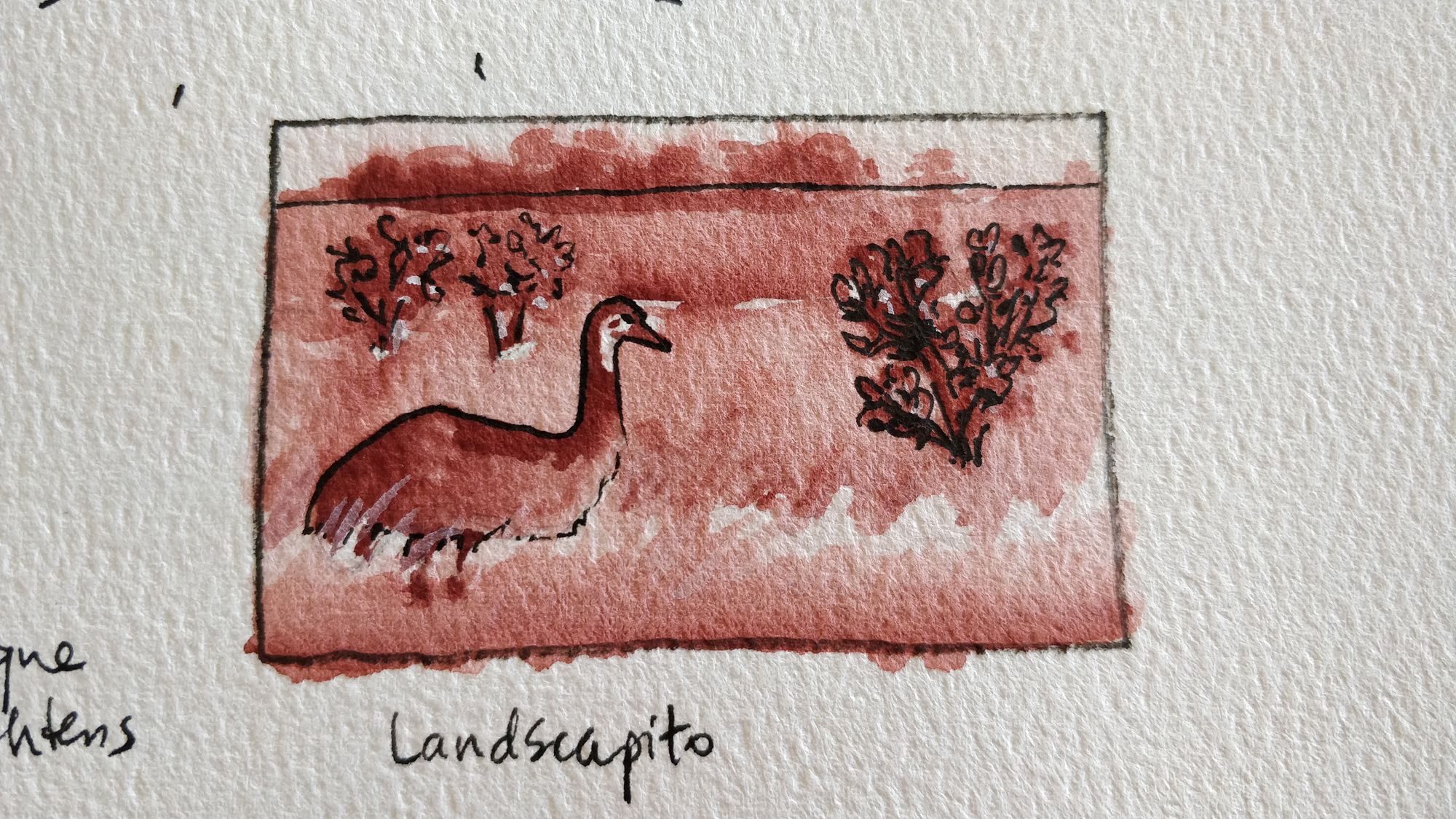
Drawing directly
As mentioned earlier these tablets can be used directly to draw, just like tailor chalks. This gives excellent coverage quickly when wet with a brush and parts left dry have a nice texture especially on this cold-press watercolour paper. However, the downside here is how messy holding the tablet is, even with dry hands. I wouldn't recommend using this anywhere with high humidity, when its raining or if you have sweaty hands from a hike. It does wash off easily though, so if you're careful it could add interest alongside watercolour.
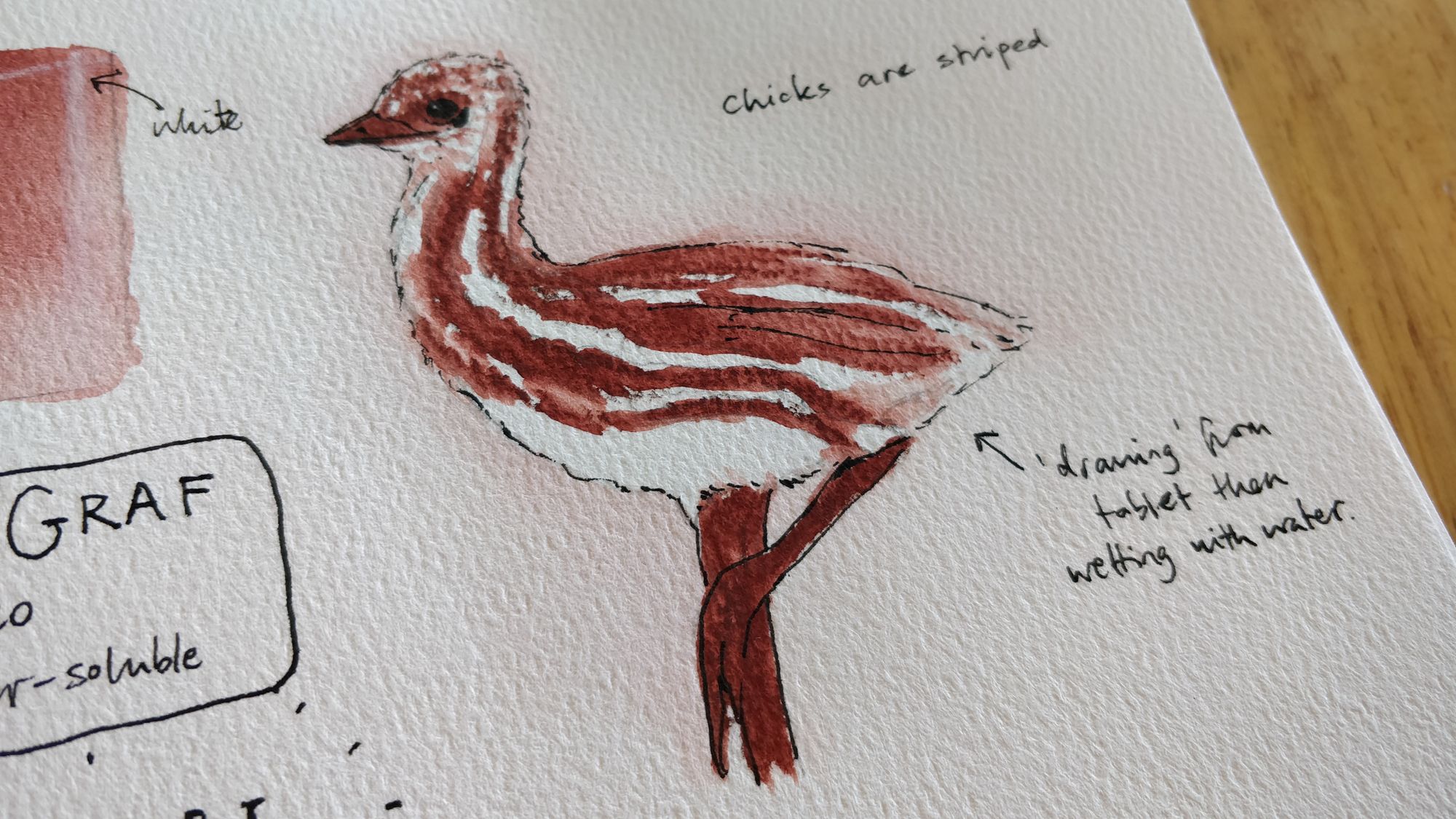
When bought in a set they are packaged in a cork board that would keep it from getting messy. I would recommend buying them in a set for this reason, or finding a similar solution because the individual plastic sleeves are durable but not practical for painting from and need to be put somewhere else that will inevitably lead to marks somewhere.
Layered washes
Next I wanted to see how well the pigment layered so used dilute washes to build up volume in the emu's body. Adding the white on top here also helped. The layer's beneath don't lift easily which makes it ideal for layering. On the flipside caution is required because once dry any marks will be difficult to remove. Here you can also see the white dries lighter and it's hard to get very opaque when wet, but dry marks could be used.
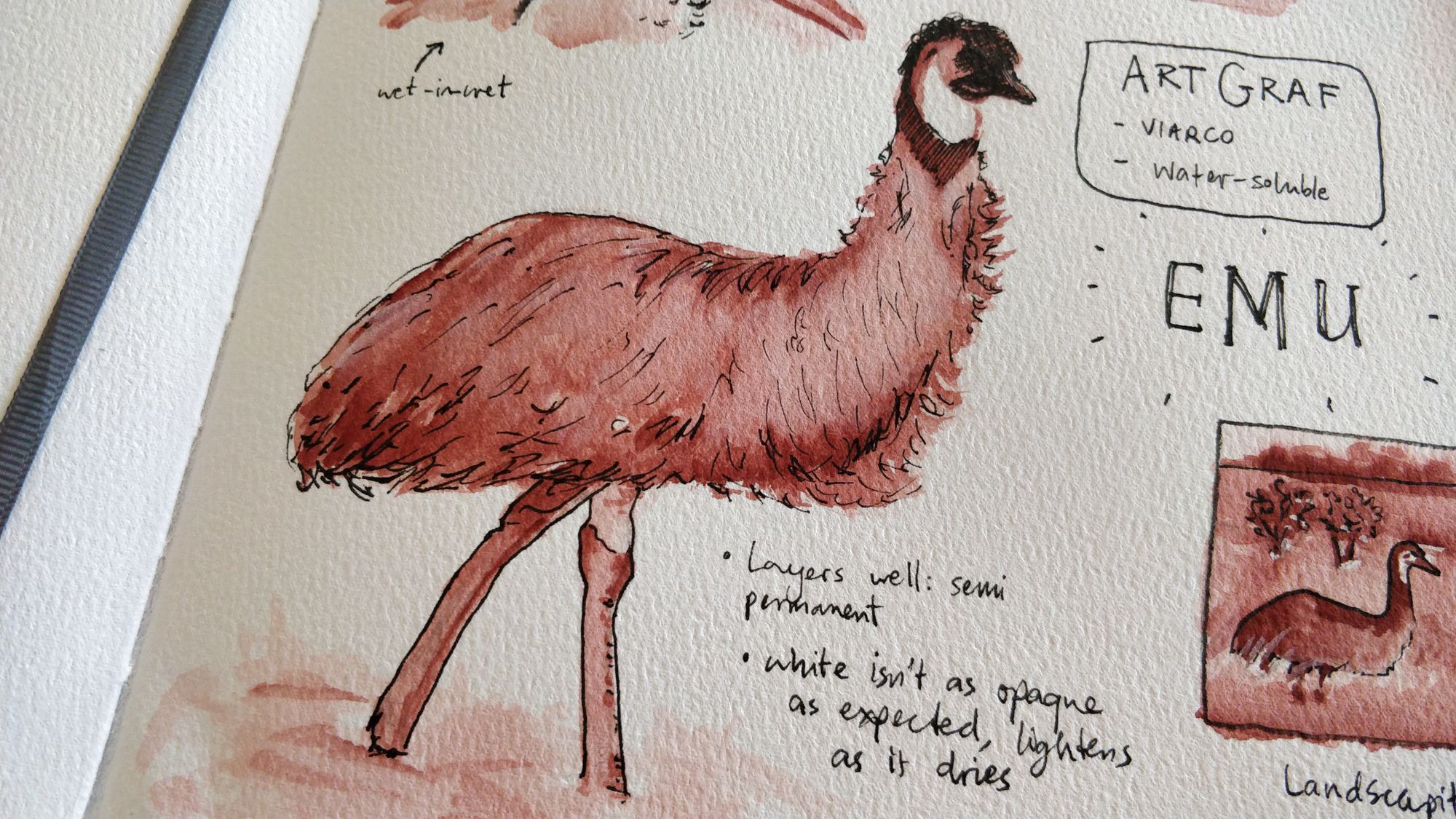
Pen and wash
For this last test I used two techniques: first the wet-in-wet by making the paper wet then adding the pigment that behaves just like watercolour. Secondly I outlined the emu with a pen and waterproof ink. Where this touched the wet areas there was a bit of bleed-through that I didn't mind. Then I added a light wash of the pigment over the top and again this worked as expected compared to watercolour.
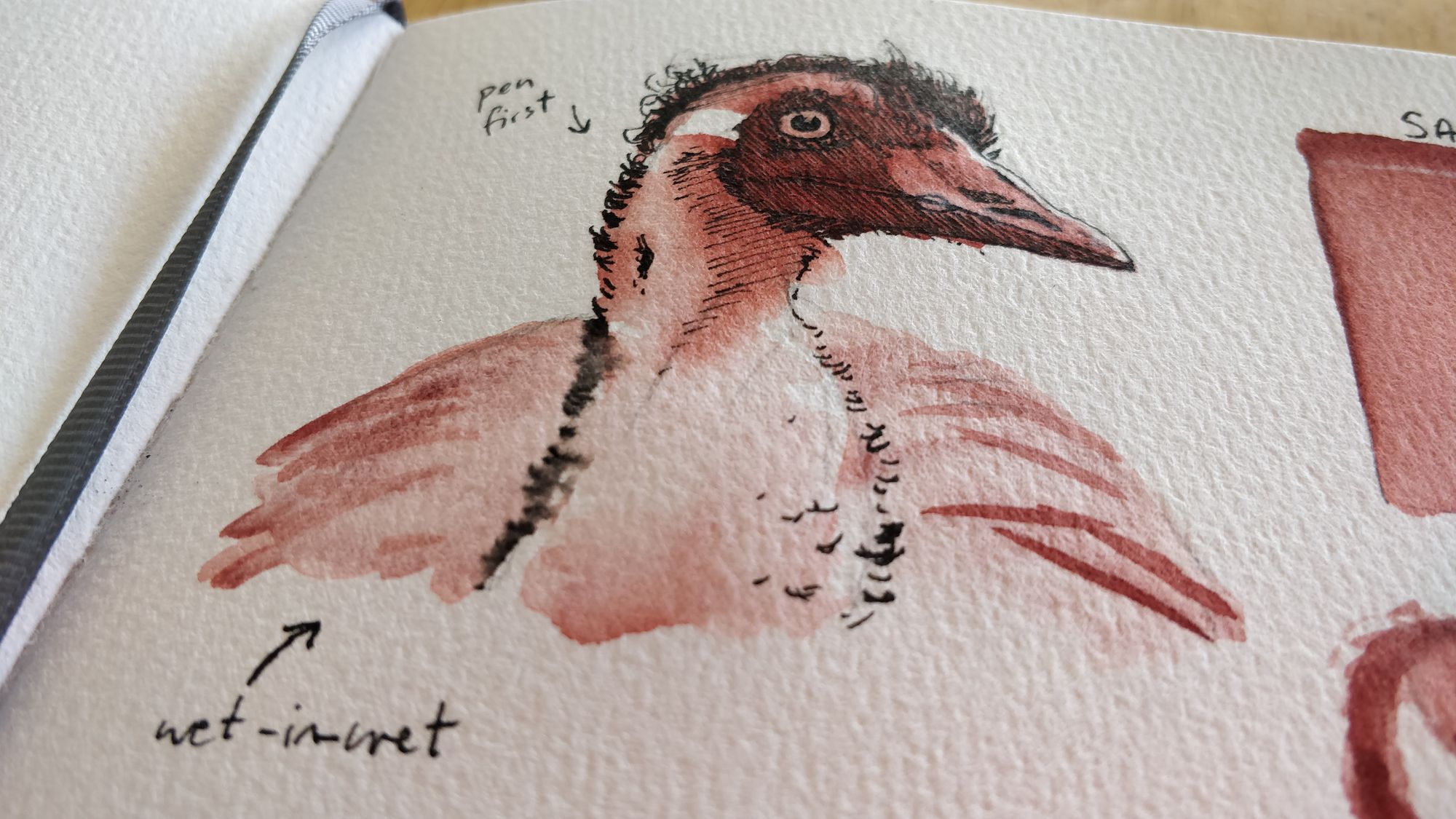
Summary
Will I use these for sketching outdoors? I might, but I think if I had a better solution for carrying and holding them I would definitely use them more.
I like how they are just like watercolours, give a good tonal range, can be drawn with directly to give a unique texture and have a beautiful rich colour. What's holding me back is their messiness and price - but for how much you get and how long they'll probably last they would be a good investment. They mix like watercolours too, so even though there are only 12 colours available you can probably paint anything you want from mixes.
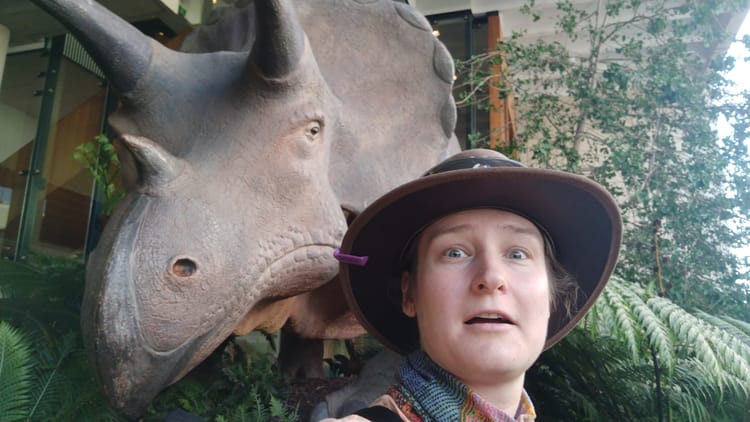
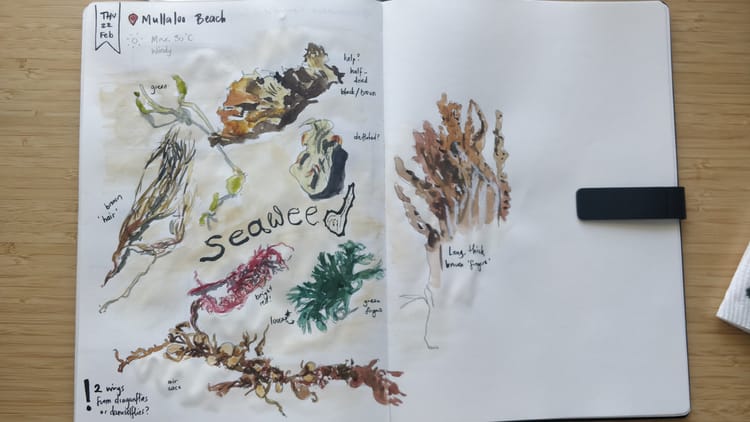
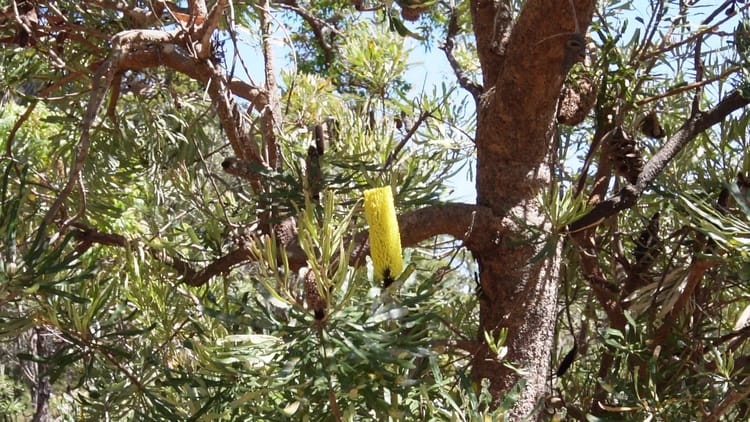
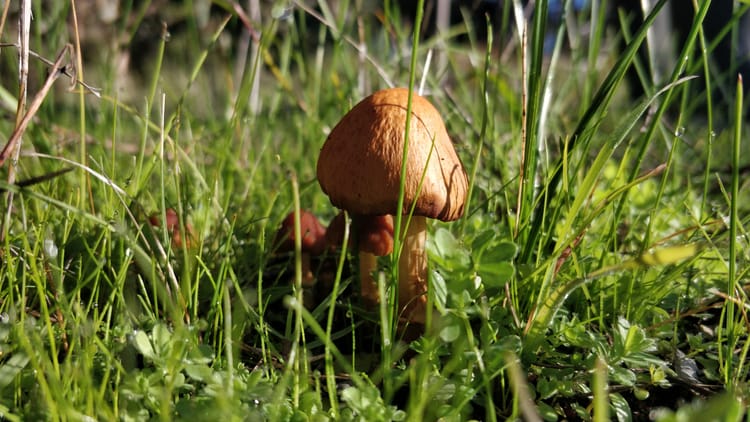
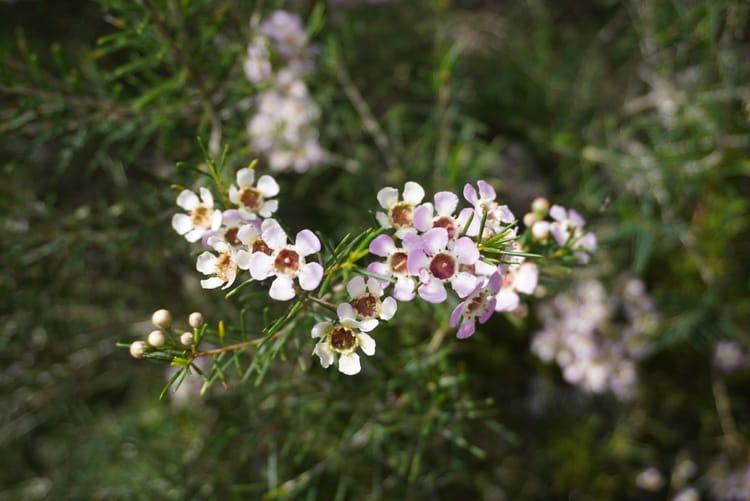
Member discussion